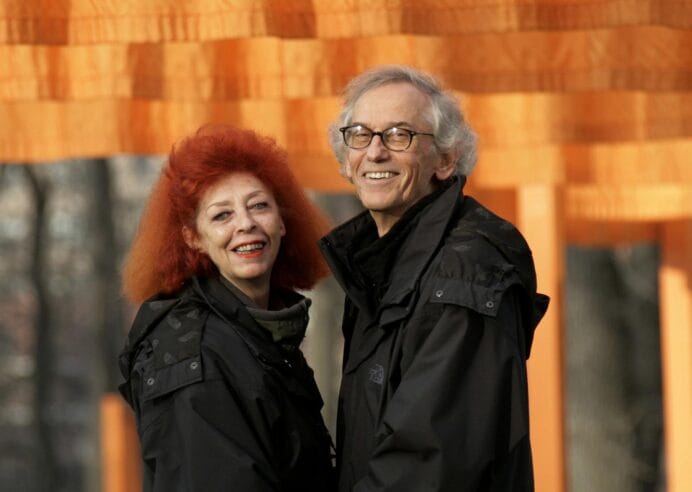
Some people learn about art, and others are simply born with an artistic spirit. For Guadalupe Maravilla, becoming an artist was never a decision. He began drawing before he could even speak. Despite never stepping foot in a museum until he was 18 years old, Maravilla started creating at a very young age.
“There was no choice,” he said. “I was just an artist. It was always what I did.”
Born in El Salvador, Maravilla was just 8 years old when he fled the civil war in his home country, and made the two-and-a-half-month long journey to the United States as an unaccompanied, undocumented minor.
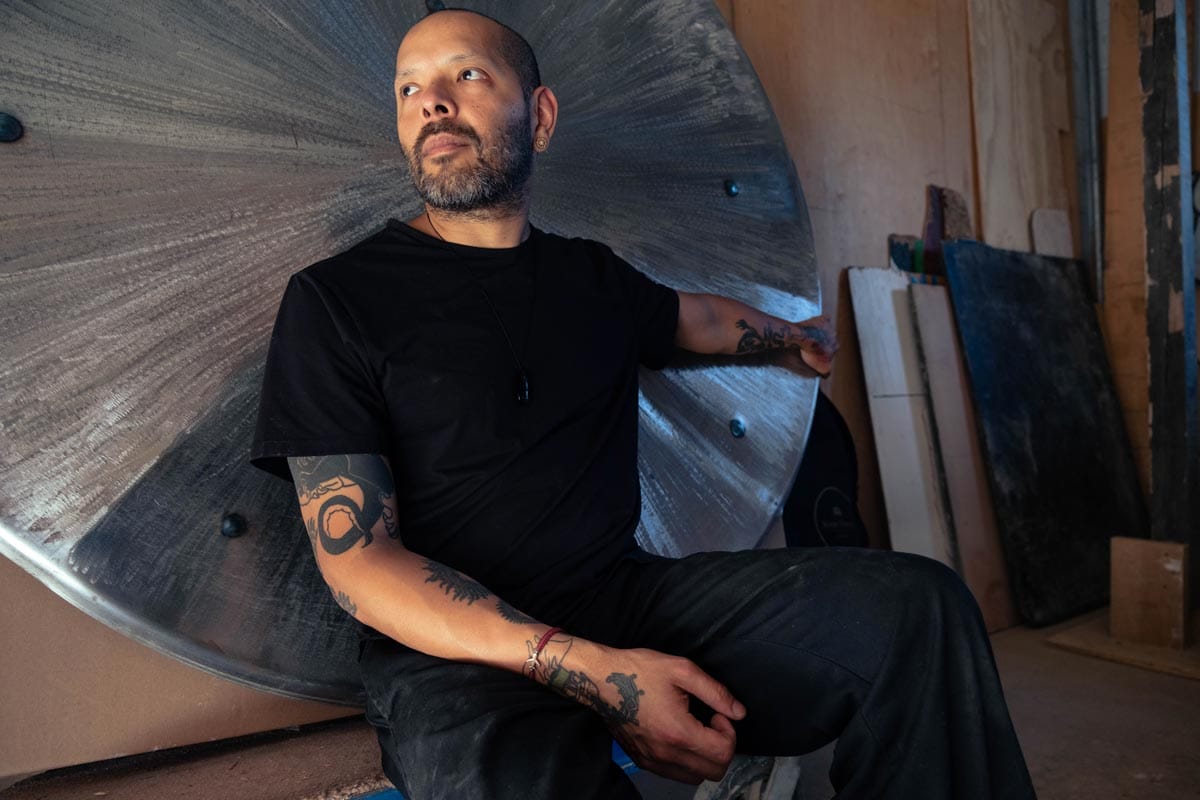
Maravilla’s early experiences of trauma and migration profoundly influenced his art, which centers on healing. His work, which includes immersive sculptures, installations, and performances, has earned him the 2025 Vilcek Prize in Visual Arts.
A Powerful Healing Journey
Maravilla’s diverse artistic mediums share one common theme: his healing journey as an immigrant and cancer survivor. Diagnosed at 36 with stage three colon cancer, he views his illness as a manifestation of trauma.
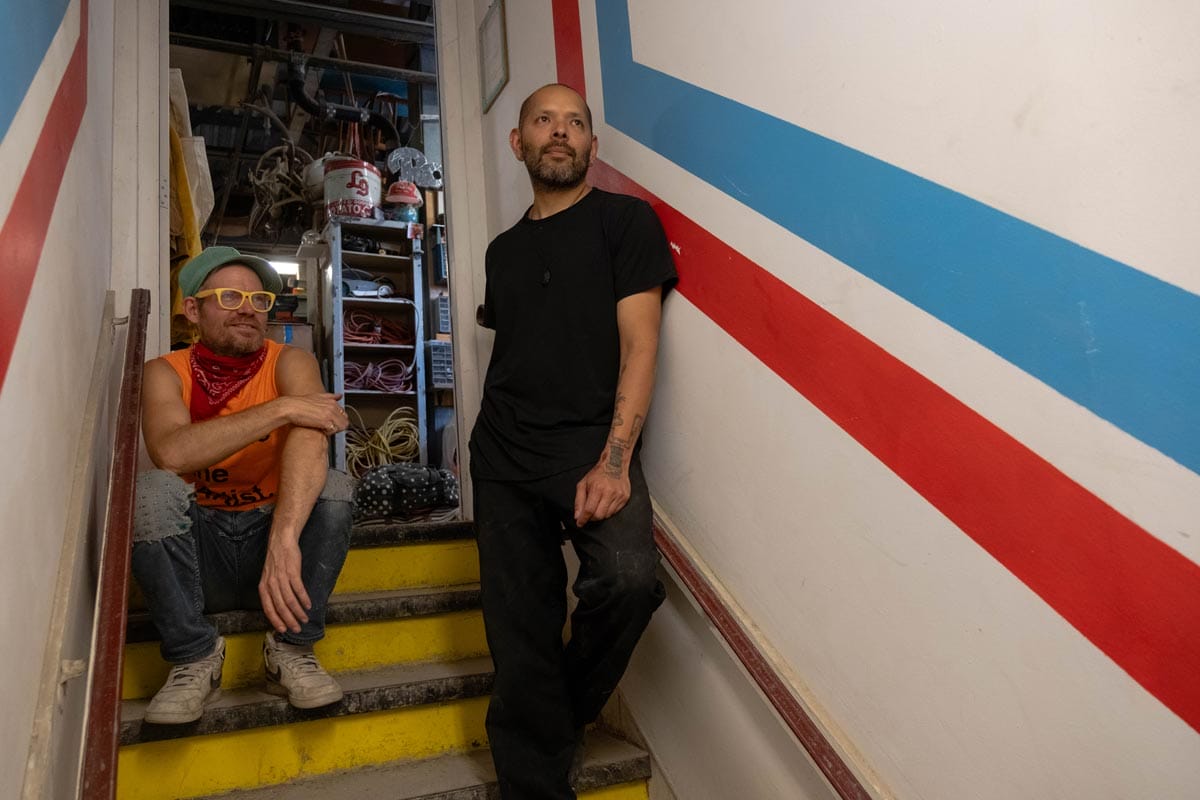
“Trauma can manifest into different types of illnesses—from depression to cancer. For me, it was cancer,” Maravilla said. A key part of his work is helping other immigrants understand the trauma they experienced in crossing the border, and giving them some of the tools they need to heal.
In a new piece titled Mariposa Relámpago, Maravilla transformed a yellow school bus into a healing instrument, complete with gongs for sound baths. The idea was that the bus would start in El Salvador and take the same migratory path that he took when he came to the U.S. Charting this course again, confronting the places of trauma where he crossed when he was just a child, helped him heal. “I believe that everyone is their own healer. You have to do the work yourself, you just have to learn the tools—and I’m here to show people the tools.”

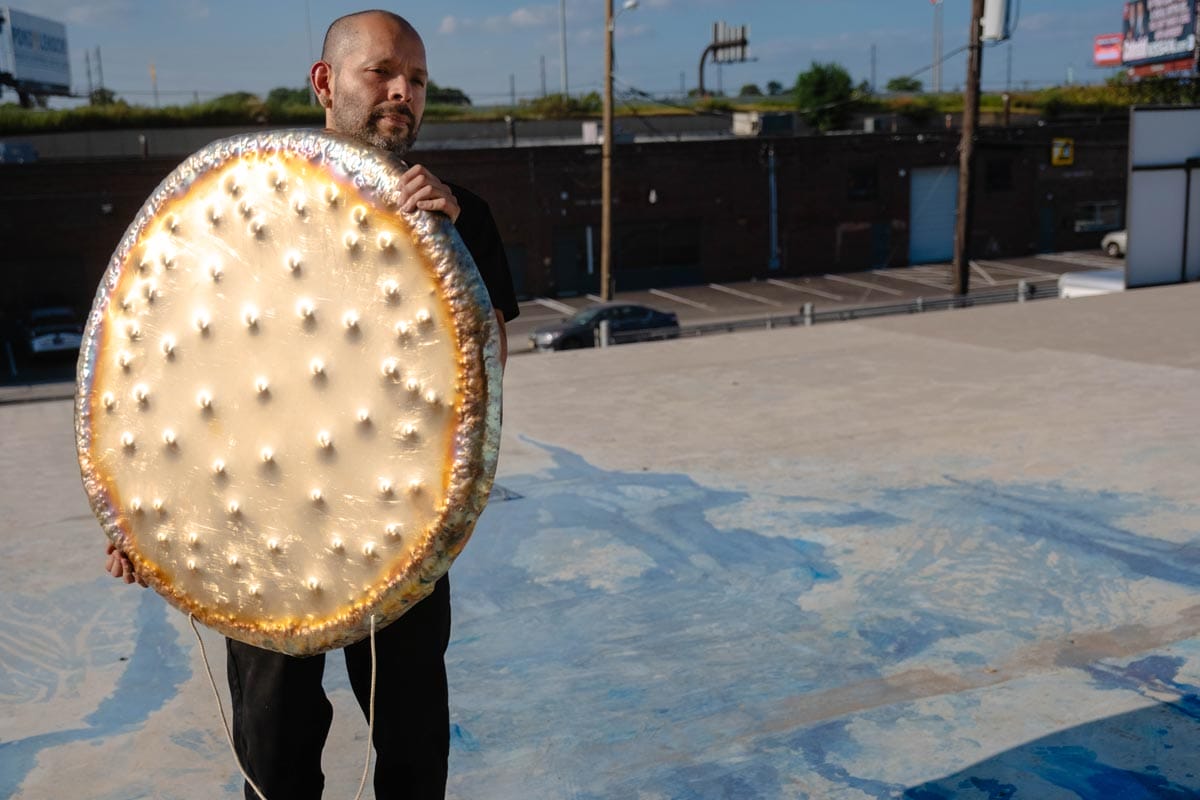

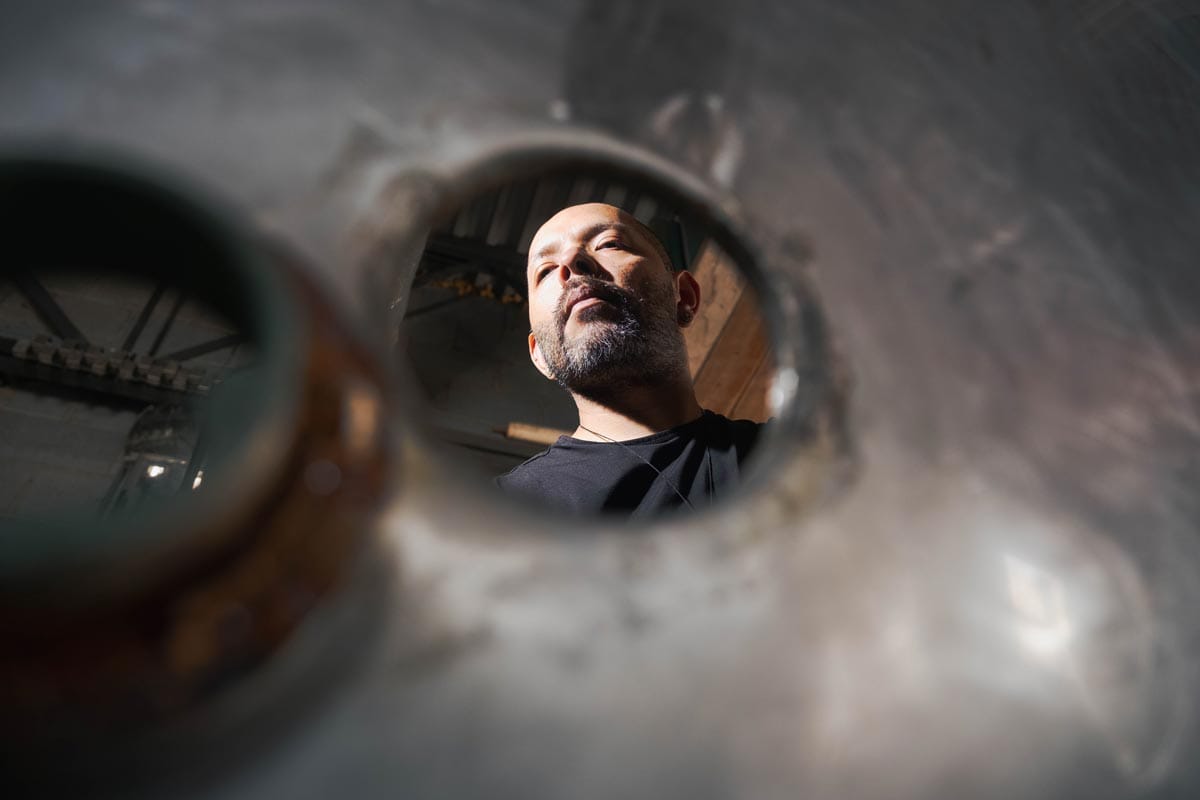




Charting a New Course
A big part of Maravilla’s installations is “Tripa Chuca”—a Salvadoran drawing game in which two players take turns connecting pairs of numbers by drawing lines. The only rule is that the lines cannot touch. The result creates a map of sorts that shows how the players charted their own paths in relation to each other.
During his migration, Maravilla played the game with others on the same journey. Now, he uses the game in his art, mapping his own immigration path and hiring other immigrants who’ve had similar experiences to do the same. By doing this, Maravilla establishes global relationships and creates what he calls “microeconomies.”
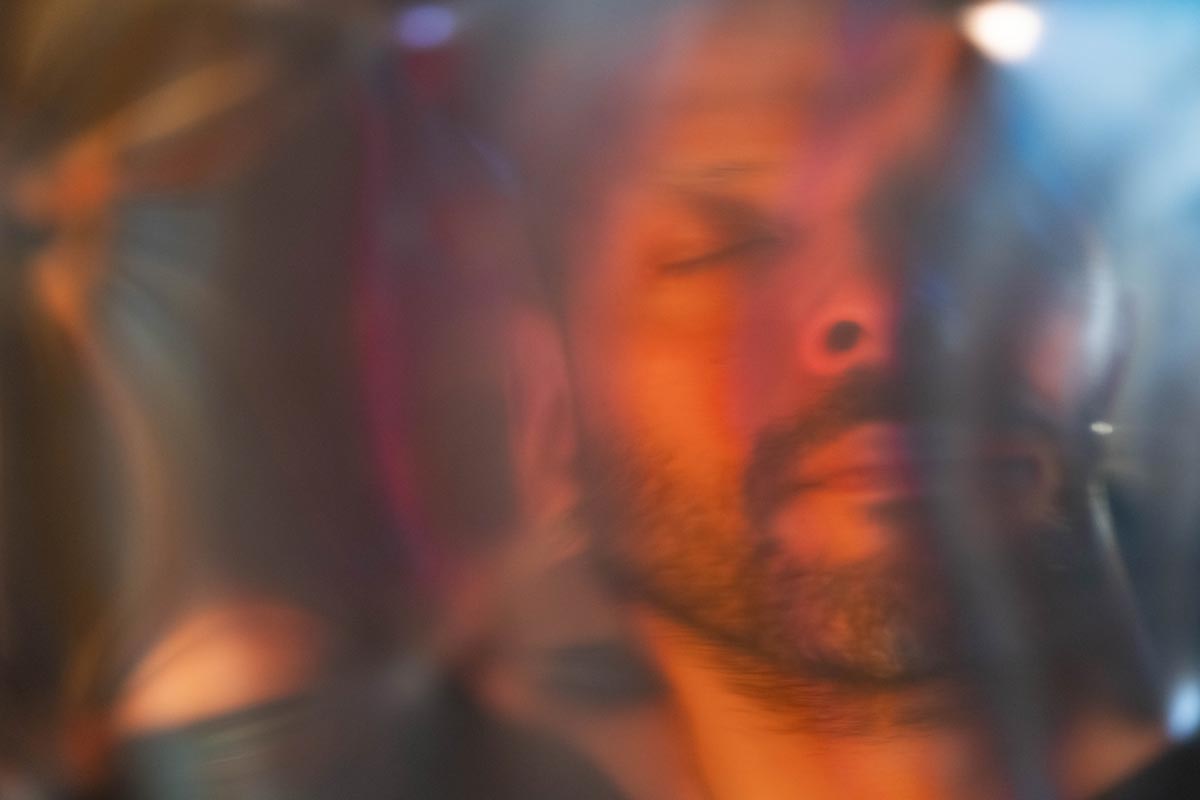
The idea of microeconomics is a throughline in much of Maravilla’s work. As he retraces his immigration path, he has begun to collect things from the places he visited in his journey. In each place, he creates jobs: hiring and paying locals to build pieces as part of his process of art fabrication on his works. For Maravilla, this is his way of giving back to the places that were vital points on his journey to heal from his childhood experiences. Through his creative endeavors, Maravilla charts new paths, fostering understanding and healing within immigrant communities.
Related News
Il Lee—Energy and Flow: Abstraction of Movements

Vilcek Foundation Awards $250,000 to Immigrant Artists
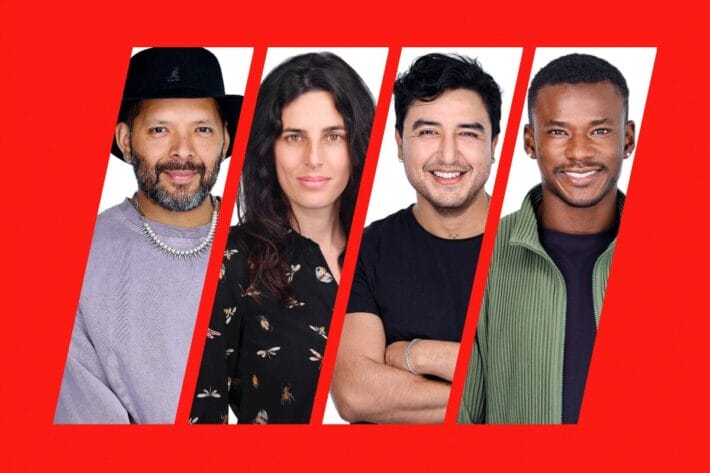
Maryam Turkey: Deconstructing Architecture
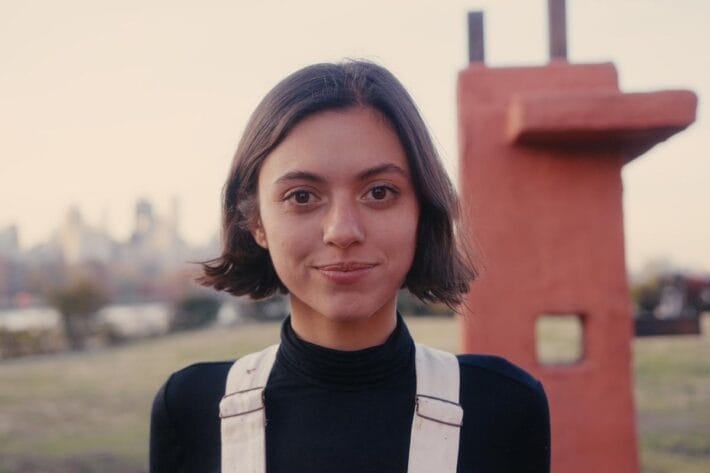
You may also be interested in
Guadalupe Maravilla
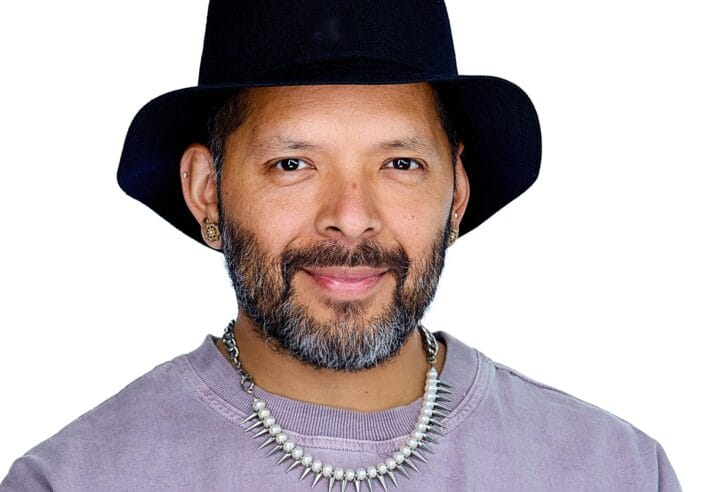
Selva Aparicio

Christo and Jeanne-Claude
